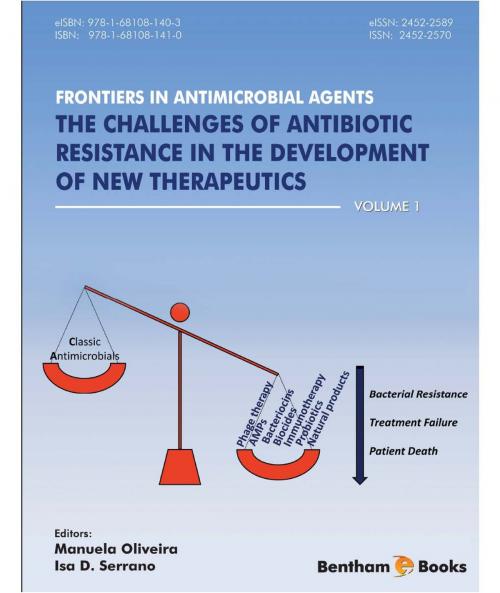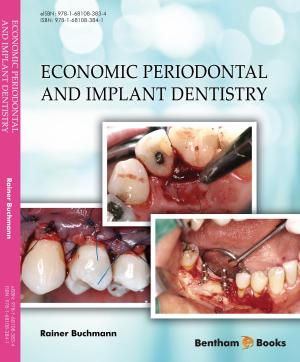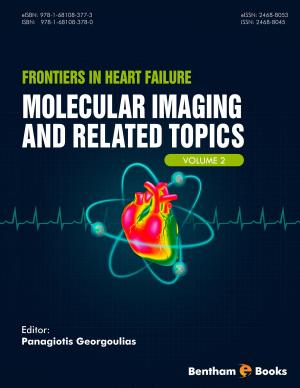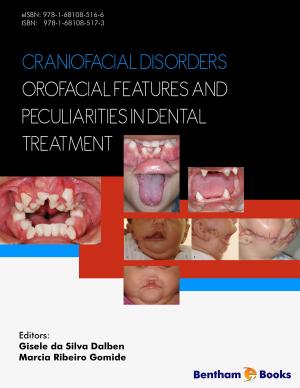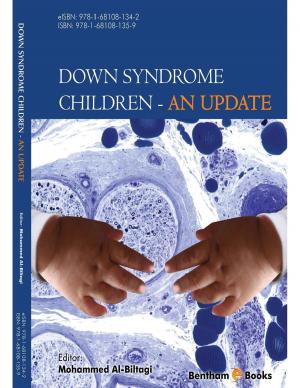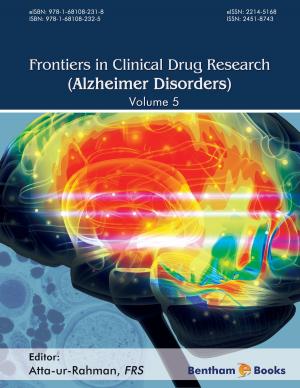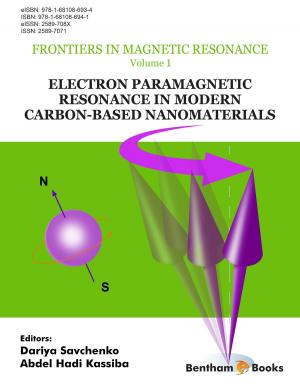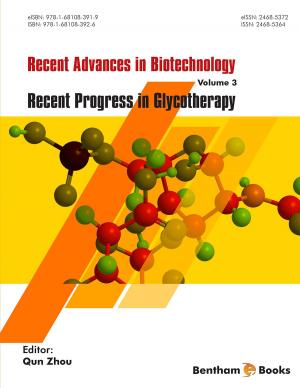Frontiers in Antimicrobial Agents Volume: 1
Nonfiction, Science & Nature, Science, Biological Sciences, Microbiology| Author: | Manuela Oliveira | ISBN: | 9781681081403 |
| Publisher: | Bentham Science Publishers | Publication: | December 2, 2015 |
| Imprint: | Language: | English |
| Author: | Manuela Oliveira |
| ISBN: | 9781681081403 |
| Publisher: | Bentham Science Publishers |
| Publication: | December 2, 2015 |
| Imprint: | |
| Language: | English |
The addition of only two novel classes of antibiotics to fight drug resistant microorganisms in the clinic over the past three decades means that the quest for new molecules that are effective against the threat of drug resistance is now a significant issue in modern medicine. Researchers have begun to experiment on alternative therapies to combat this threat. Novel chemical agents are considered to be drugs of choice for tomorrow's clinical practice owing to their low probability to generate resistance. The first volume of Frontiers in Antimicrobial Agents describes innovative alternatives to the classical antimicrobial therapeutics, such as phage therapy, AMPs, probiotics, novel biocides, natural products and immunotherapy. Cutting-edge research is brought to the forefront, shedding light on the developments taking place to meet the challenge of drug resistant microorganisms. The volume also features information on antimicrobial approaches in veterinary medicine. The book is a useful reference for researchers, microbiologists and healthcare professionals interested in updates on antibiotic resistance and alternatives to classical antibiotic therapy.
The addition of only two novel classes of antibiotics to fight drug resistant microorganisms in the clinic over the past three decades means that the quest for new molecules that are effective against the threat of drug resistance is now a significant issue in modern medicine. Researchers have begun to experiment on alternative therapies to combat this threat. Novel chemical agents are considered to be drugs of choice for tomorrow's clinical practice owing to their low probability to generate resistance. The first volume of Frontiers in Antimicrobial Agents describes innovative alternatives to the classical antimicrobial therapeutics, such as phage therapy, AMPs, probiotics, novel biocides, natural products and immunotherapy. Cutting-edge research is brought to the forefront, shedding light on the developments taking place to meet the challenge of drug resistant microorganisms. The volume also features information on antimicrobial approaches in veterinary medicine. The book is a useful reference for researchers, microbiologists and healthcare professionals interested in updates on antibiotic resistance and alternatives to classical antibiotic therapy.
